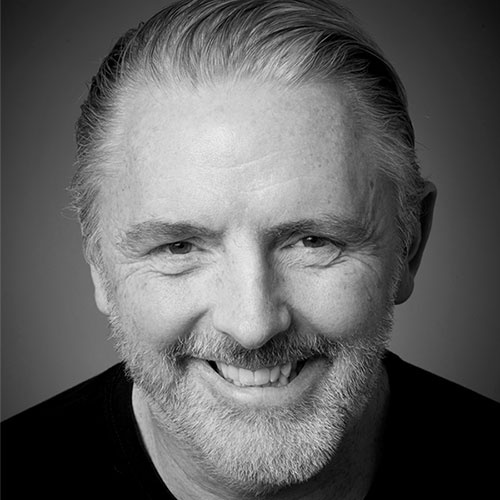BSOS member Ian Kerr

I have spent the last 9 weeks investigating the impact of stress on the occlusion. It has been a in vivo study using a continuous feedback mechanism and his involved seeing how hard an occlusal load I can generate every time I read letters from the CDO, CQC or GDC. This research is part of an open-ended nationwide study involving 39,000 GDPs with no clear end date to the experiment in sight.
My guess is any BSOS member has had multiple clinical experiences of patients presenting with acute pain related to their personal circumstances and stress levels. When I used to work on a headache clinic in the late 90s (tag line: “Going to the dentist? You need your head examined”) my first two questions were “Where do you teach?” and “When is Ofsted due”?
Fast forward 20 years or so and I have learned that there is no dentistry that does not involve occlusion and there is nothing that we as dentist can do that will overcome the impact of a patient committed to the destruction of their dentition.
As one of my early mentors used to say, “There are old pilots and there are bold pilots but there are no old bold pilots”. The main difference between an experienced clinician and an inexperienced one is that the experienced one is usually much more aware of our limitations. We have received the gift of failure more times than the inexperienced one and, if we are lucky, have learned from this.
We know that stress, occlusion, pain, dental wear and tear are process that flow like a river through a patient’s life, sometimes as a torrent and sometimes as a trickle. We, as dentists, occasionally get to dip a ladle in that river, seeing how the patient is functioning for short periods of a continuum that we have little or no control over. Even in the most complex of restorative cases we may get to see a patient for 15 to 20 hours, spread out over a few weeks to a couple of months, barely a single day out of a lifetime of 31, 000 of them.
With experience we get better at recognising how the river is flowing, understanding how little we can do to change its course and making sure that everything we provide dentally is fit for purpose and able to stay afloat the longest in the roughest of conditions.
Just as a physio treating a patient with acute low back pain doesn’t send them straight down the gym to lift as many heavy weights as possible we as dentists don’t jump into the river, an air rotor in both hands, hoping we can drill the patient’s problems away. Instead, we seek to identify the possible causes to the pain, we hope to understand how the patient’s coping strategies and pain processes affect this and together we try to develop a plan that aims to stabilise, restore and protect their dentition in a way that will take them as far downstream as possible.
Fortunately, the BSOS is there on the riverbank to help us. The organisation is there to provide training from the most basic of how and why teeth should meet the way they do through to the highest levels of education about the dynamic nature of occlusion and its impact on diagnosis, treatment planning and management of every case, from the terribly simple to the simply terrible. Think of them as a dental life raft, there to help keep us and our patients safe in even the roughest of white waters that we might hit along the way.
